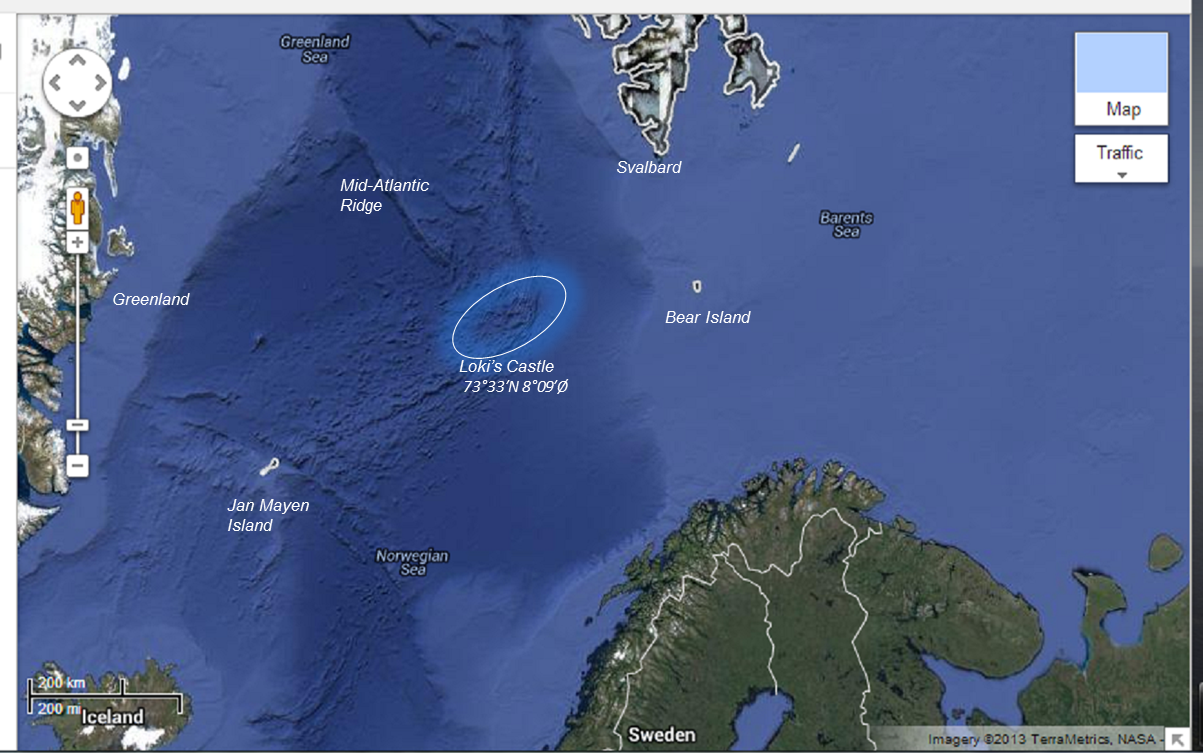This fish remains a mystery, he has a transparent head, and those two balls in his head are his eyes, the two holes in his face are his nostrils.
The Macroppina Microstoma fish was discovered in California´s Central Coast.
This fish is also known as the barreleye fish.
He was discovered since 1939 but scientists could not find out more about this fish´s lifestyle since they were only caught dead by fishermen´s nets.
 The barreleye fish spends most of the time motionless, with his eyes looking upward. This fish lives 2000 meters above the sea surface, where water looks dark.
The barreleye fish spends most of the time motionless, with his eyes looking upward. This fish lives 2000 meters above the sea surface, where water looks dark.This animal has been observed by scientists thanks to a remotely operated vehicle.
He eats small jellyfish, by observing the little reflect from the sunlight, he can watch the moment when a jellyfish is passing overhead. Then he rotates his eyes to follow his prey.









